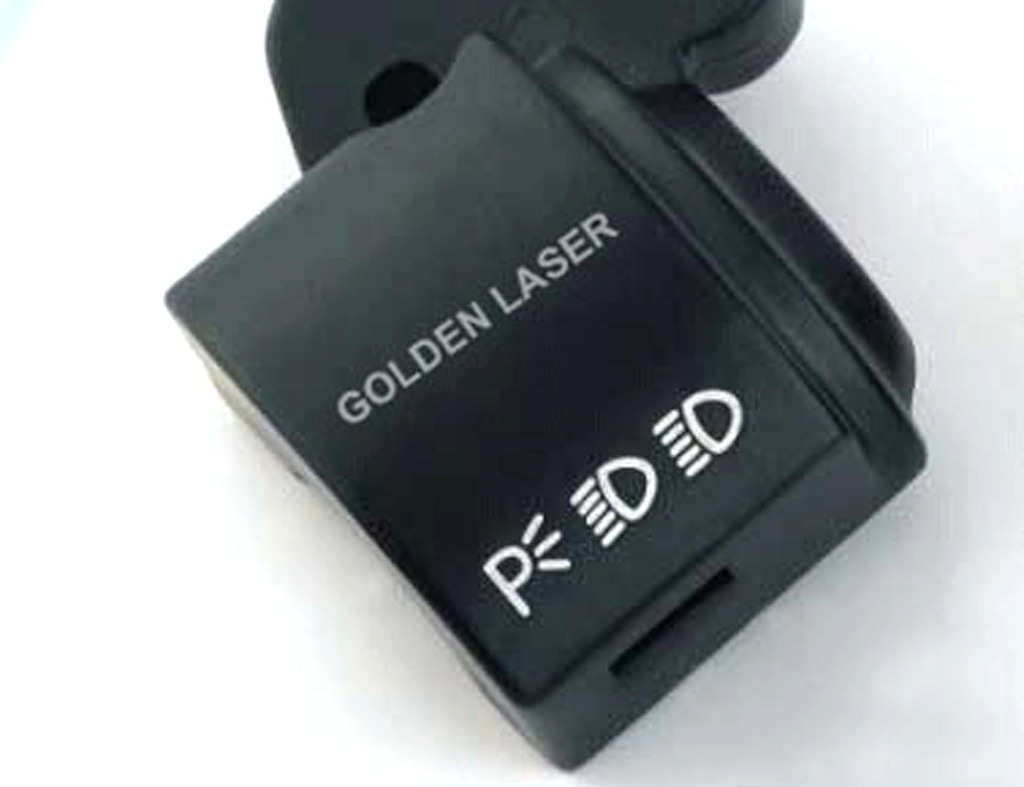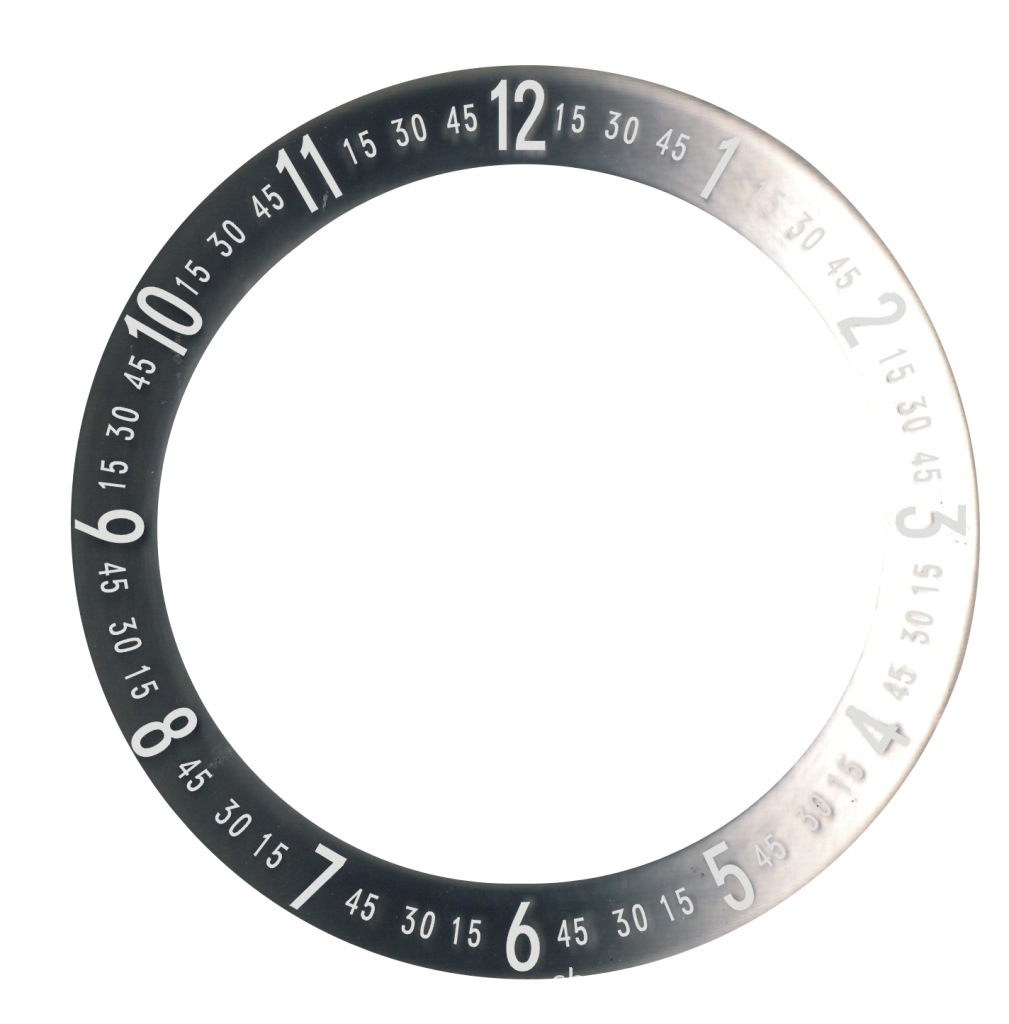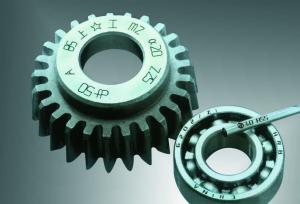
Returning Customer
I am a returning customer
Register Account
If you already have an account with us, please login at the login form.
Your Account Has Been Created!
Congratulations! Your new account has been successfully created!
You can now take advantage of member privileges to enhance your online shopping experience with us.
If you have ANY questions about the operation of this online shop, please e-mail the store owner.
A confirmation has been sent to the provided e-mail address. If you have not received it within the hour, please contact us.
Account Logout
You have been logged off your account. It is now safe to leave the computer.
Your shopping cart has been saved, the items inside it will be restored whenever you log back into your account.
(1) The laser itself is a relatively simple and easy-to-control device. If the beam generated by it is gathered into a very fine beam, it can be cut; if it is defocused, it can be welded; if it is defocused, it can be heat-treated.

(2) The use of laser processing not only has a high processing speed, high efficiency, and low cost, but also avoids the replacement of molds or tools, shortening the production preparation time period. Easy to achieve continuous processing, laser beam replacement time is short, improving production efficiency. A variety of workpieces can be installed alternately. When a workpiece is machined, the completed part can be removed and the workpiece to be machined can be installed to achieve parallel processing, reduce installation time, and increase laser processing time.
(3) The laser beam uses a direct drive and guide method. The laser can be used to rotate, tilt, move up, down, left, right, etc., and can process the vertical and complex surfaces of the workpiece; and the direct drive has no space and high precision. Combining the laser control with the robot, using the robot to move the parts under the beam by moving or multi-axis, can process some parts that are difficult to process by traditional methods.

(4) Multi-level rapid response anti-collision measures are adopted. When the beam guiding device contacts the workpiece, the motion system stops immediately, the system is not destroyed, and expensive maintenance is avoided; the collision can be quickly and simply restored after the collision, and the collision is reduced. The resulting downtime increases the processing efficiency and reliability of the laser system.

(5) The laser head is free to move. At present, the laser head has reached 5 axes of movement. Even if the work piece is fixed during processing, it can still realize the processing of complex work pieces, and as long as the use of a mobile rotary table, it can process larger than the axis stroke Parts. The laser beam uses automatic focus control. The linear axis of the laser system can be positioned along the optical axis or any axis to keep the beam in focus; the focus position can be known at any time and the stroke is unlimited. Fig. 1 shows the comparison between the auto focus control and the lens servo control. As can be seen from the figure, the focus lens in the lens servo system has nothing to do with the movement of the laser system, so the focus position cannot be determined.
